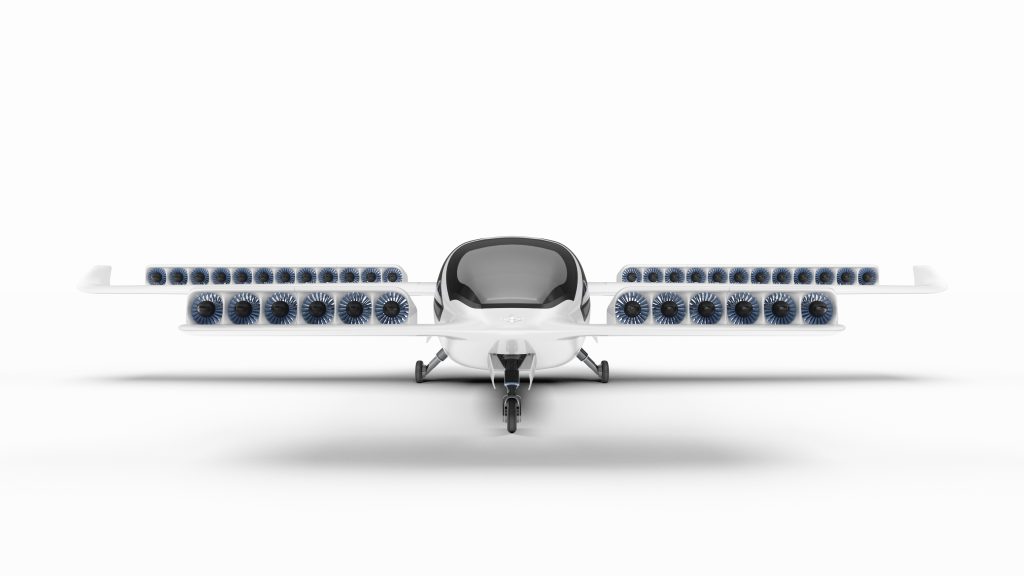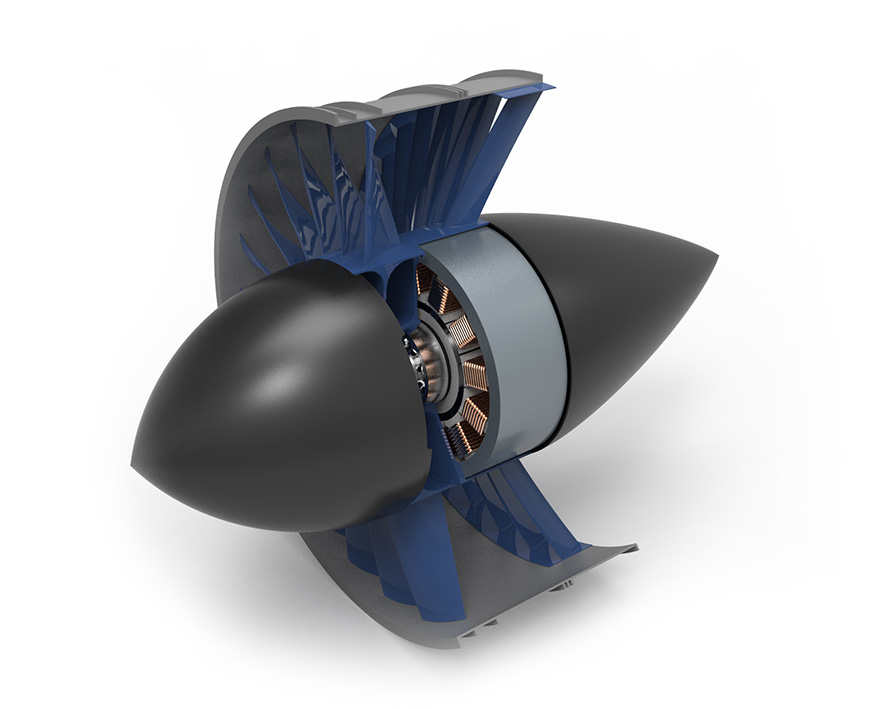In Germany this week a small however well-funded aviation startup efficiently accomplished preliminary take a look at flights for an aerial transport service with a twist. This is the Lilium Jet, from Lilium. It’s electrical, has vertical take-off and touchdown capabilities and has been designed to be the Uber of the skies.
Sure, it’s one other transport drone. But for a number of causes the Lilium Jet feels much more possible than something we’ve seen from Ehang up to now. But let’s begin with what makes this idea distinctive.
Celebrating the landmark second of the preliminary take a look at flights, Lilium CEO Daniel Wiegand mentioned: “Seeing the Lilium Jet take to the sky and performing sophisticated manoeuvres with apparent ease is testament to the skill and perseverance of our amazing team.”
“We have solved some of the toughest engineering challenges in aviation to get to this point. “The successful test flight programme shows that our ground-breaking technical design works exactly as we envisioned. We can now turn our focus to designing the five seater production aircraft.”
Why a fixed-wing plane with VTOL is a transport gamechanger
The Lilium Jet is a fixed-wing plane, however the wings are capable of pivot to switch propulsion between the horizontal and vertical planes. This makes Lilium able to each VTOL and jet-powered flight, utilizing its wings for raise like a standard plane after take-off. It’s this superior functionality that makes Lilium possible from an power viewpoint.
The firm says its craft consumes round 90% much less power than drone-style plane, enabling it to attain a spread of greater than 300 km with a most cruising pace of 300 km/h. In flight, the Jet’s energy consumption per km will probably be similar to an electrical automobile.

Read extra: Ehang Signs Deal to Test Passenger Drone
With VTOL comes a a lot smaller demand for infrastructure. Take-off and touchdown for a Lilium Jet solely requires a small open area or touchdown pad. The firm hopes that it will enable it to turn out to be a real various to driving and cut back pressures on congested roads.
Electric engines with ‘ultra redundancy’

The Lilium Jet’s electrical jet engines work just like the turbofan jet engines you’d discover in an everyday passenger airplane: They take in air, compress it and push it out. The solely distinction with Lilium is that its compressor fan is powered by a high-performance electrical motor. As properly as making lots much less noise, it’s utterly emission-free.
But it’s in phrases of security that Lilium has, fairly rightly, centered a lot of its effort. The firm needs to “bring a new safety paradigm into general aviation” by means of the usage of a number of redundancy programs overlaying the plane’s numerous parts. A single engine failure doesn’t have penalties for the plane’s security or stability; absolutely redundant computer systems are flying the airplane and controlling all features always, not permitting harmful manoeuvres to be made by the pilot; touchdown and take-off are autonomous, its 36 engines are every independently shielded from each other… it even has a parachute simply in case.
Read extra: Is Airbus Passenger Drone Concept the Solution to Urban Mobility Problems?
Toy for the super-wealthy or viable public transport choice?

Could electrical energy and low cost infrastructure enable Lilium to be a real on-demand service for the general public?
The firm has positioned its idea as an “plane for everybody“, however how life like is that notion?
There are a couple of explanation why the Lilium group is hoping its VTOL jet will probably be a real contender as a public transport/inexpensive on-demand service of the longer term. First of all, the truth that the Lilium Jet is powered solely by electrical energy is in its favor. With zero emissions, the challenge may appeal to a great quantity of investments from governments and transport authorities.
VTOL know-how additionally requires comparatively little in phrases of infrastructure, particularly with an plane with a wingspan of 10 metres.
Finally, the Lilium group says that the idea has a comparatively small variety of transferring components in comparison with different plane. This means fewer inspections and upkeep is required, which is one other massive cash saver.
The Lilium timeline states that its first manned flight will happen in 2019. By 2025 it hopes that its on-demand air transport service will probably be up and working.
 Unmanned Aerial Vehicle The latest drone news
Unmanned Aerial Vehicle The latest drone news




